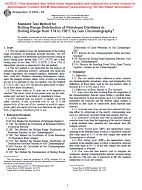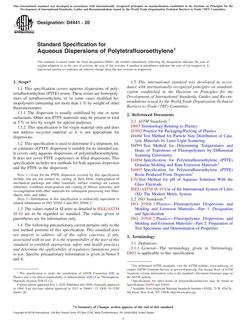Click here to purchase
4.1 Metal parts made by additive manufacturing differ from their traditional metal counterparts made by forging, casting, or welding. Additive manufacturing produces layers melted or sintered on top of each other. The part’s shape is controlled by a computer as well as by the layers. The computer directs energy from a laser or electron beam onto a powder bed or wire input material. These processing approaches have the potential of creating flaws that are undesirable in the as-built or finished part. In general, processing parameter anomalies and disruptions during a build may induce such “flaws.” Flaws can also be introduced because of contaminants present in the input material.
4.2 Established NDT procedures such as those given in ASTM E07 standards are the basis for the NDT procedures discussed in this guide. These NDT procedures are used to inspect production parts before or after post-processing or finishing operations, or after receipt of finished parts by the end user prior to installation. The NDT procedures described in this guide are based on procedures developed for conventionally manufactured cast, wrought, or welded production parts.
4.3 Application of the NDT procedures discussed in this guide is intended to reduce the likelihood of material or component failure, thus mitigating or eliminating the attendant risks associated with loss of function, and possibly, the loss of ground support personnel, crew, or mission.
4.4 Input Materials-The input materials covered in this guide consist of, but are not limited to, ones made from aluminum alloys, titanium alloys, nickel-based alloys, cobalt-chromium alloys, and stainless steels. Input materials are either powders or wire.
Product Details
- Published:
- 2020
- Number of Pages:
- 63
- File Size:
- 1 file , 4.8 MB


